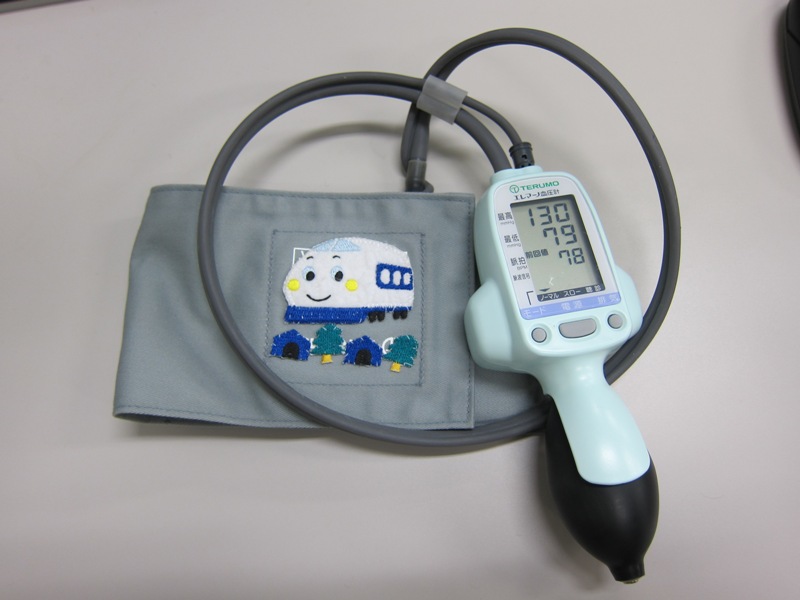-
Tips for becoming a good boxer - November 6, 2020
-
7 expert tips for making your hens night a memorable one - November 6, 2020
-
5 reasons to host your Christmas party on a cruise boat - November 6, 2020
-
What to do when you’re charged with a crime - November 6, 2020
-
Should you get one or multiple dogs? Here’s all you need to know - November 3, 2020
-
A Guide: How to Build Your Very Own Magic Mirror - February 14, 2019
-
Our Top Inspirational Baseball Stars - November 24, 2018
-
Five Tech Tools That Will Help You Turn Your Blog into a Business - November 24, 2018
-
How to Indulge on Vacation without Expanding Your Waist - November 9, 2018
-
5 Strategies for Businesses to Appeal to Today’s Increasingly Mobile-Crazed Customers - November 9, 2018
Clinical trial suggests new blood pressure standard
It showed that the intervention for a target of 120 mm Hg reduced rates of cardiovascular events, such as heart attack and heart failure as well as stroke, by nearly a third and the risk of death by nearly a quarter, as compared to the target of 140 mm Hg. One group was aimed at the standard systolic pressure goal of 140 mm Hg, receiving an average of 2 blood pressure medications, while the other group was aiming for 120 mm Hg and received an average of 3 blood pressure medications during the study. Dr. Gary Gibbons, director of the National Heart, Lung and Blood Institute said, “researchers have cautioned that the full analysis of the results of the study have not been completed and guidelines groups must determine if this study should change the practice”.
Advertisement
Treatment for high blood pressure should be more aggressive with a target lower than commonly recommended by guidelines, according to a study from the National Institutes of Health. But, despite the announcement, scientists have not yet released data from the trial, and open questions still remain. Almost 79 million adults in this country one out of three have high blood pressure, and half of those being treated for it still have systolic pressures over 140. Other issues being examined in the SPRINT group include kidney disease, cognitive function, and dementia. The results of the study, SPRINT, may set the guidelines on treating high blood pressure.
The study was named “Systolic Blood Pressure Intervention Trial (SPRINT)”. This is because, experts representing the AHA feel that the reduction in rates of cardiovascular disease observed during the past few decades might get reversed if the target blood pressure is increased.
Recommendations for systolic blood pressure – the greater of the two numbers that measure blood pressure – now indicate that patients should aim for less than 140mm Hg.
For years, medical practitioners have struggled with the uncertainty as to how aggressive the treatment for bringing blood pressure down should be. Control of systolic pressure additionally cut the risk of death from these causes by 25 percent.
Note: In addition to arteriosclerosis (hardening of the arteries) hypertension is often precipitated by high cholesterol as well as smoking cigarettes, stress, obesity, high sodium intake, and susbtance abuse (both alcohol and drugs), as well as certain medications (including contraceptives) and high water retention.
Advertisement
This interventionist approach is meant to stop rising blood pressure levels in their tracks. Hypertension patients who don’t have their blood pressure that low today should discuss their care with their doctors, researchers advised.





























